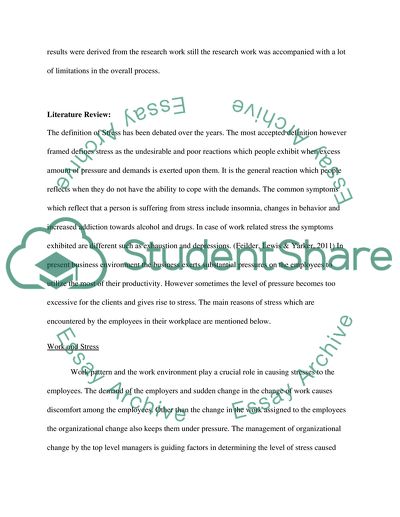Cite this document
(“Organizational Stress and Violence Literature review”, n.d.)
Organizational Stress and Violence Literature review. Retrieved from https://studentshare.org/human-resources/1758806-literature-reviewdba-methodological-analysis-of-impact-of-stress-management-on-labour-productivity
Organizational Stress and Violence Literature review. Retrieved from https://studentshare.org/human-resources/1758806-literature-reviewdba-methodological-analysis-of-impact-of-stress-management-on-labour-productivity
(Organizational Stress and Violence Literature Review)
Organizational Stress and Violence Literature Review. https://studentshare.org/human-resources/1758806-literature-reviewdba-methodological-analysis-of-impact-of-stress-management-on-labour-productivity.
Organizational Stress and Violence Literature Review. https://studentshare.org/human-resources/1758806-literature-reviewdba-methodological-analysis-of-impact-of-stress-management-on-labour-productivity.
“Organizational Stress and Violence Literature Review”, n.d. https://studentshare.org/human-resources/1758806-literature-reviewdba-methodological-analysis-of-impact-of-stress-management-on-labour-productivity.


